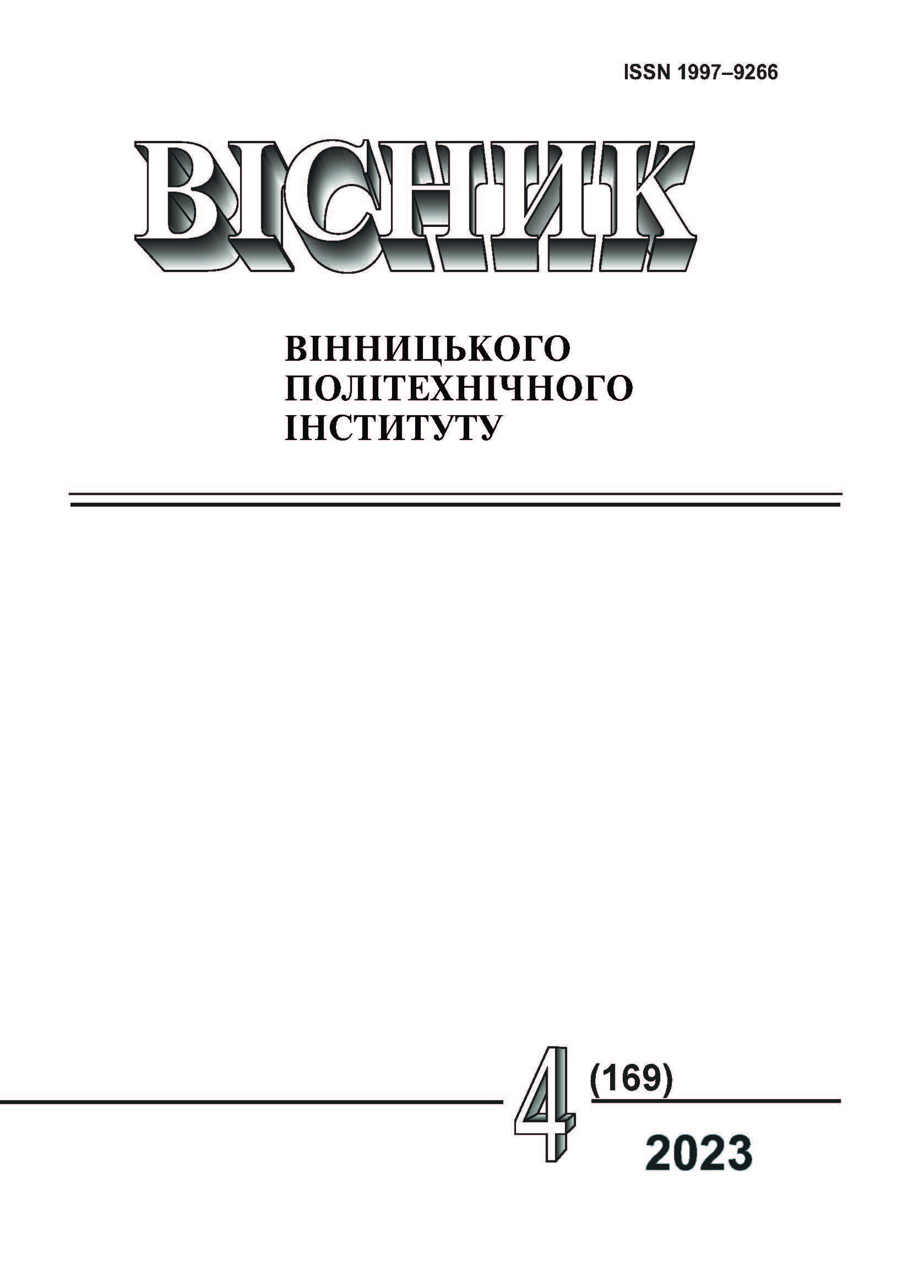Study of the Structure and Tribological Properties of the Сomposite Plasma Steel Coatings
DOI:
https://doi.org/10.31649/1997-9266-2023-169-4-54-60Keywords:
plasma coatings, chemical-heat treatment, structure formation, wear resistance, steel IIХ18MВДAbstract
The characteristic features of structure formation , physical and mechanical properties of composite steel plasma coatings have been studied. Ferritic steel 11Х18МВД was used as the material for coatings. Depending on the modes of gas-thermal spraying a special porous coating structure is formed, which is one of their important characteristics. Under the optimal modes of steel 11X18MВД spraying the total porosity of the coating was 20…24 % and the maximum open porosity was 16…18 %.
Usually the porosity plays a positive role, increasing the tribomechanical properties of the parts during their operation, especially in the lubrication medium . However, during the operation of tribotechnical coatings under conditions of abrasive wear, porosity can worsen the working characteristics of the parts, therefore under these conditions the additional heat treatment was applied to improve the operational properties of plasma coatings. It promoted a high adhesion and formation of the required composition and heterogeneous structure on the surface, thereby significantly improving the coating properties.
The paper shows the expediency of combining the processes of gas-thermal spraying of plasma coatings with their subsequent diffusion saturation by means of chemical-heat treatment with chromium plating. After chromium plating at a temperature of 1100 °C and soaking during 3 h, the coating density increases and the number of micro voids in it decreases significantly, the structure becomes more uniform, the integrity of the coating increases. Chromium coating with the thickness of 10 µm is formed on the surface, the thickness of the diffusely saturated metal layer increases with a more uniform distribution of alloying elements along the depth.
The study of the tribomechanical properties of the investigated coatings showed a significant improvement in their operational characteristics under conditions of various types of intensive wear.
References
M. Paszeczko, M. Kindrachuk, V. Labunets et al. Tribologia. Lublin, 2017, 173 p.
В. Ф. Лабунець, «Тенденції створення захисних покриттів триботехнічного призначення,» Проблеми тертя та зношування, наук. техн. збірн. НАУ, вип. 45, с. 107-118, 2010.
М. В. Кіндрачук, В. Ф. Лабунець, М. І. Пашечко, і Є. В. Корбут, Трибологія, підруч. Київ, Україна: вид-во НАУ-друк, 2009, 392 с.
В. И. Копылов, И. В. Смирнов, И. А. Селиверстов, Формирование и свойства плазменных многофазных покрытий с наноразмерными составляющими. Киев, Украина: Наукова думка, 2019, 308 с.
Z. B. Chen, et al. “Failure behavior of coated nickel-based superalloy under thermomechanical fatigue,” J Mater Sci, no. 44, pp. 6251-6257, 2009. https://doi.org/10.1007/s10853-009-3855-3 .
M. Kabatova, et al. “Improvement of corrosion and wear resistance of sintered steels by coatings,” Powder Metallurgy, Vienna; pp. 423-426, 2004.
Р. М. Медюх, В. К. Медюх, і І. В. Уварова. «Дифузійне хромування пористих матеріалів на основі молібдену,» Порошкова металургія, № 5/6, с. 63-69, 2017.
И. А. Подчерняева, Д. В. Юречко, і В. М. Панашенко, «Некоторые тенденции в разработке износостойких функциональных покрытий,» Порошковая металлургия, № 3/4, с. 75-91, 2013.
В. І. Дворук, В. В. Клімкін, В. О. Пасічник, і О. В. Тісов, «Модернізована триботехнічна машина 2070 СМТ-1,» Проблеми тертя та зношування, вип. 51, с. 34-38, 2009.
Downloads
-
PDF (Українська)
Downloads: 135
Published
How to Cite
Issue
Section
License

This work is licensed under a Creative Commons Attribution 4.0 International License.
Authors who publish with this journal agree to the following terms:
- Authors retain copyright and grant the journal right of first publication.
- Authors are able to enter into separate, additional contractual arrangements for the non-exclusive distribution of the journal's published version of the work (e.g., post it to an institutional repository or publish it in a book), with an acknowledgment of its initial publication in this journal.
- Authors are permitted and encouraged to post their work online (e.g., in institutional repositories or on their website) prior to and during the submission process, as it can lead to productive exchanges, as well as earlier and greater citation of published work (See The Effect of Open Access).





